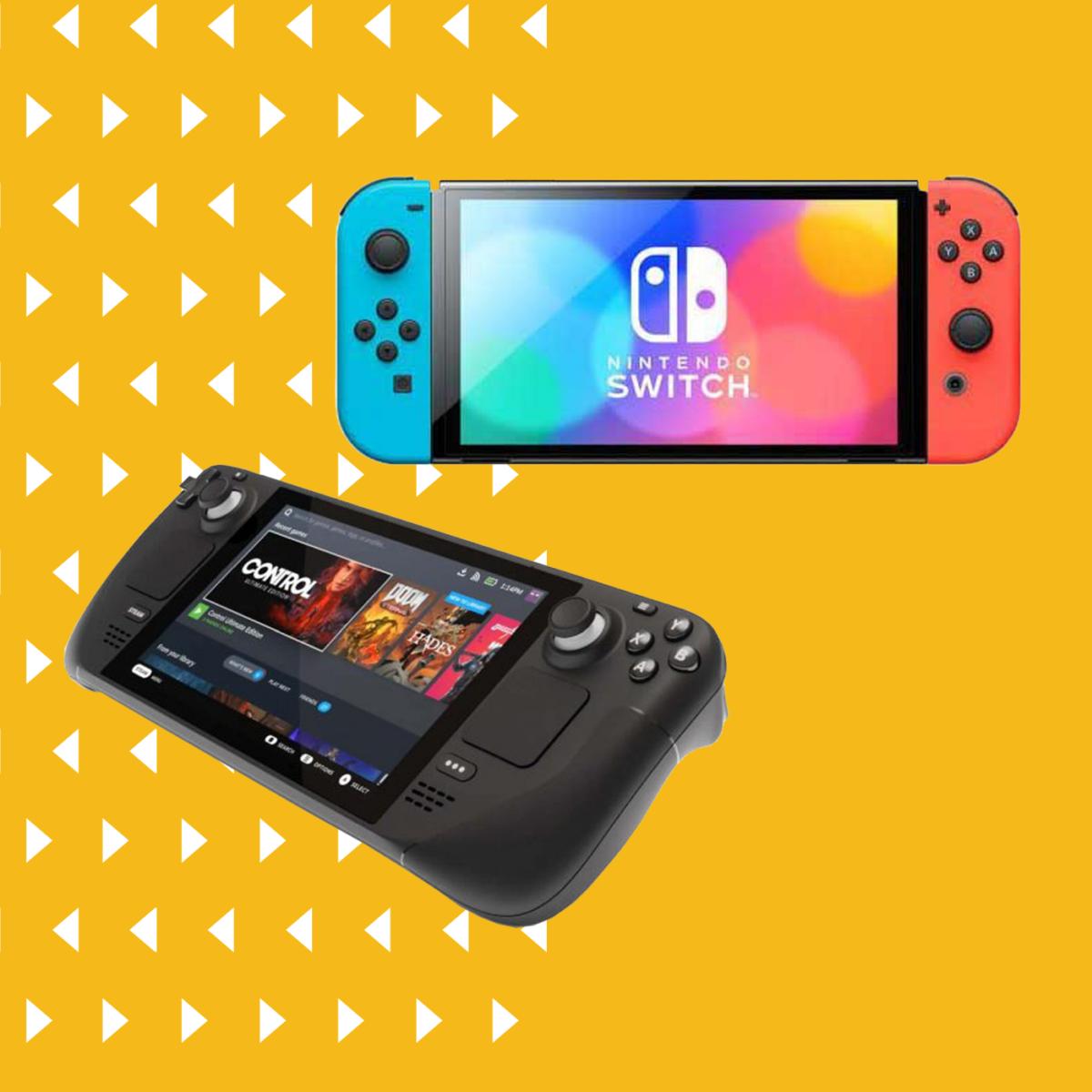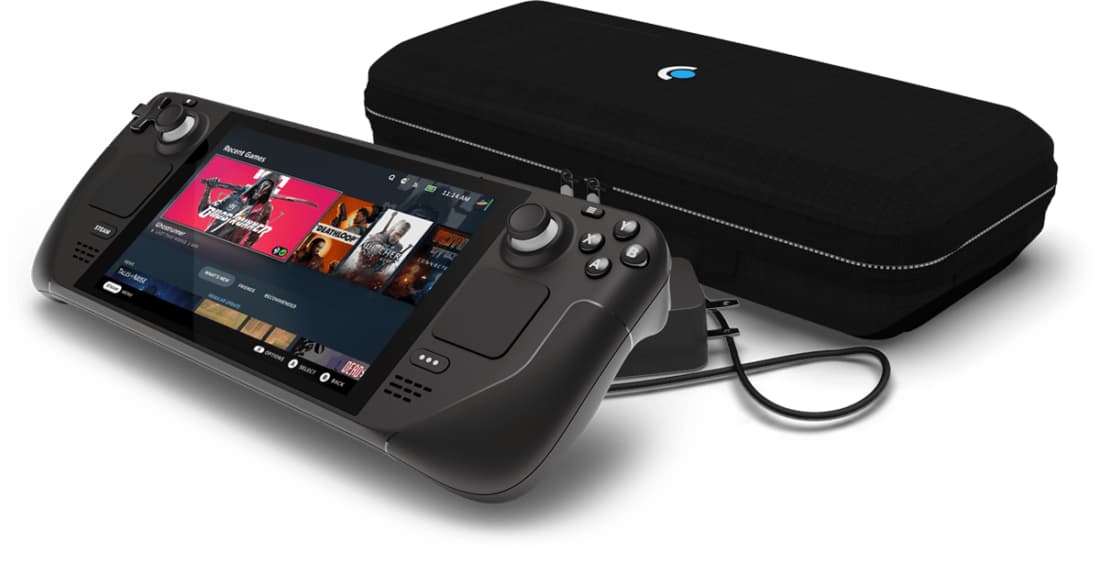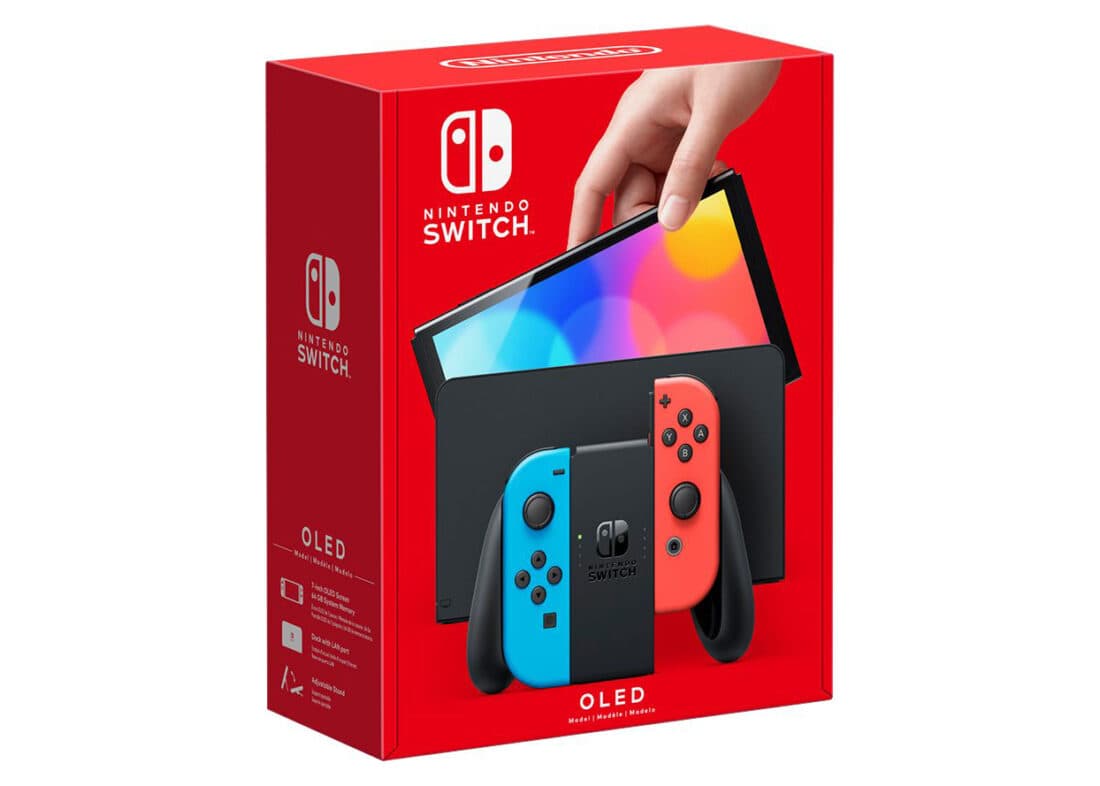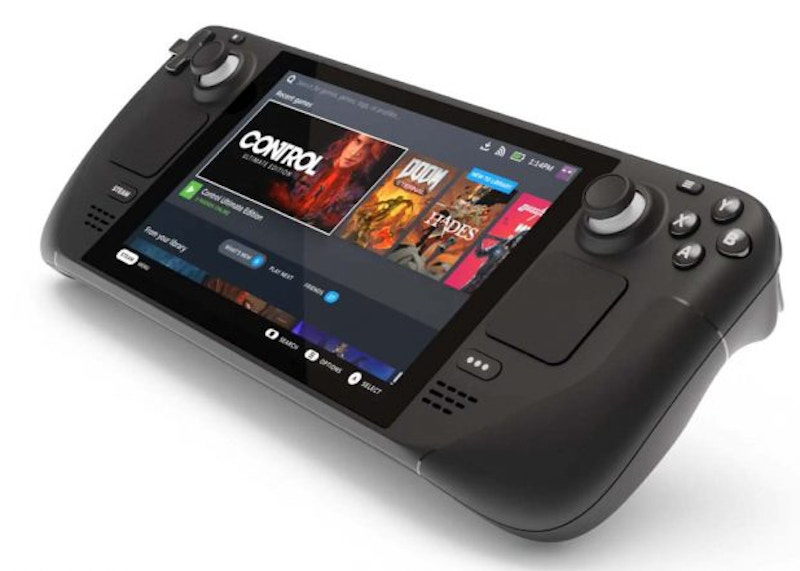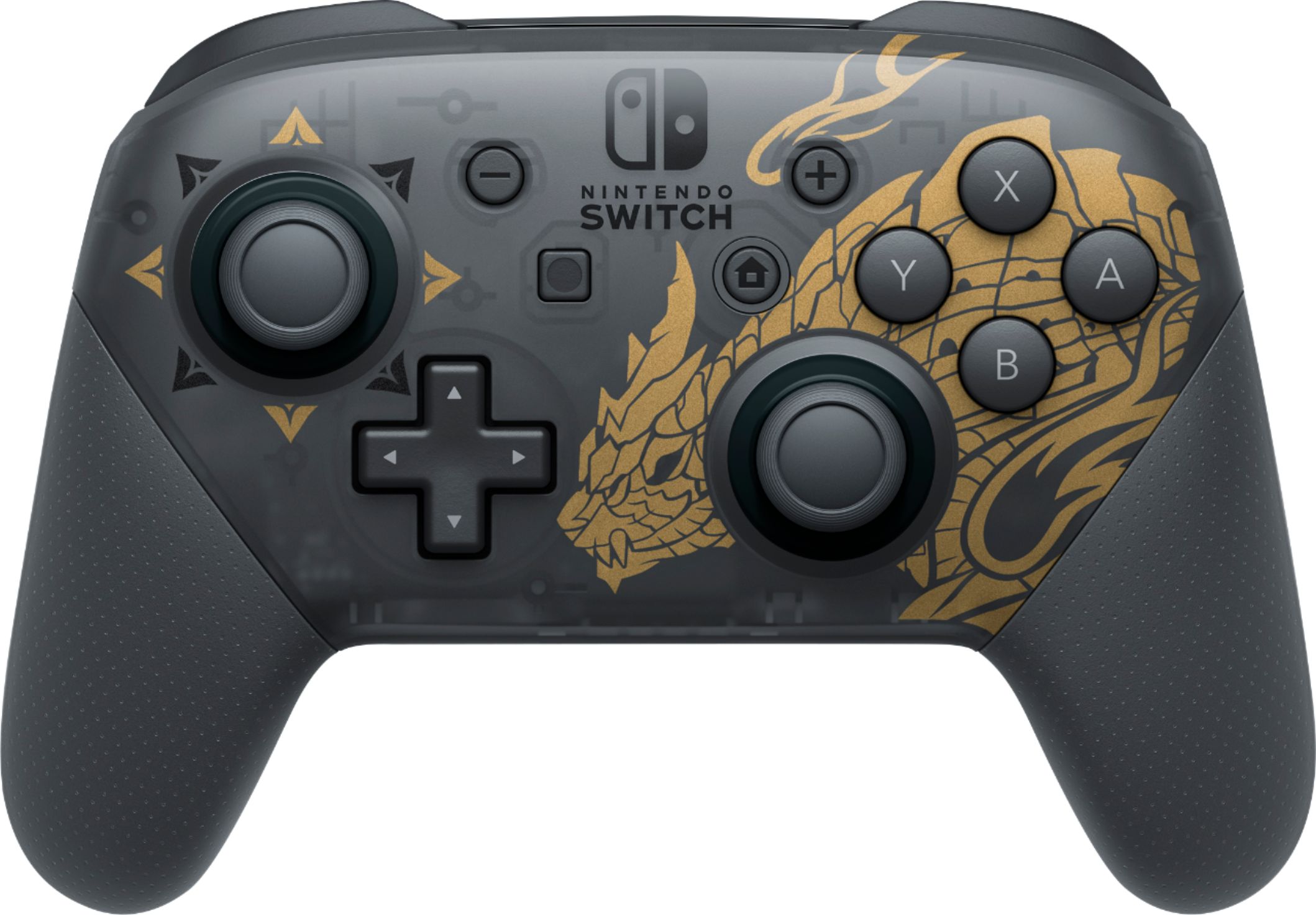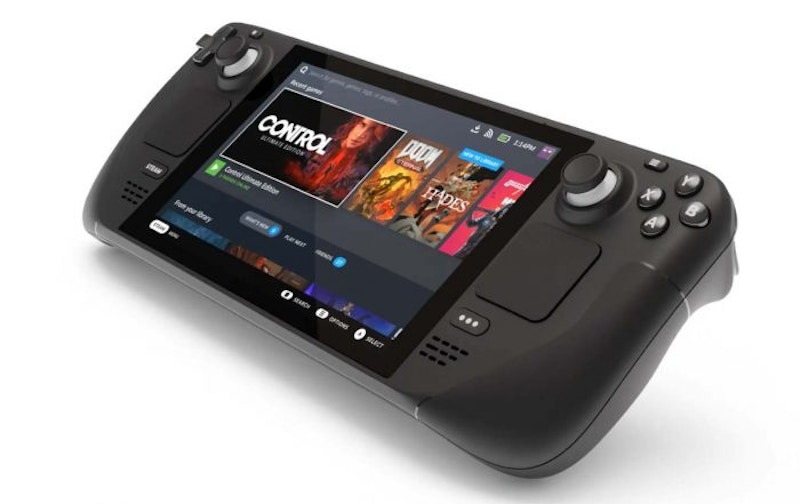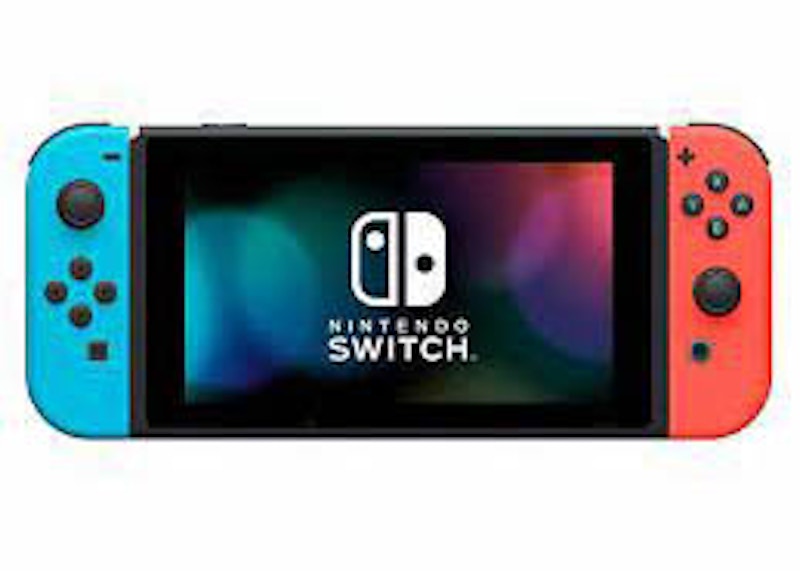With limitless entertainment seamlessly available at our fingertips, the market for handheld gaming has only grown as technology improves. If you’re someone who is always on the move and looking to bring your favorite video games wherever you go, there are two major options — the Valve Steam Deck and Nintendo Switch OLED.
It’s true that both consoles were released within only a few months of each other, but rather than being in direct competition as most gaming systems do like the PS5 and Xbox Series X, they each have their own unique audiences. If you’re in the market for a handheld gaming console and are still figuring out which system works best for you, here’s a comparison between the Valve Steam Deck and the Nintendo Switch OLED.
Steam Deck: The Handheld Made For PC Gamers
Since 2003, Steam has built an impressive reputation in the PC gaming world and is the quintessential distribution platform for PC games. The platform is owned by Valve Corporation, a video game publisher, developer, and digital distribution company.
While other video game developers have created their own platforms that provide PC games (Epic Games Store, Origin, Microsoft), Steam has the largest and most diverse set of games compared to competitors. This includes the latest AAA titles like Elden Ring, Apex Legends, Call of Duty: Warzone, and basically every non-Nintendo game available.
Because the Steam Deck can run games developed for PC gaming, the handheld console boasts an impressive custom AMD GPU and 16 GB of memory to handle bigger games. Compared to the Switch OLED, the Steam Deck is unequivocally the more powerful console.
So far, the Steam Deck has received much praise. Dave2D, one of the biggest and most respected tech YouTubers, gave the handheld console two thumbs up, citing good performance on a vast catalog of games, great controls, and good thermal management.
“It’s fantastic,” Dave said, giving the console his full recommendation. “There’s so much I love about it. And the thing is, I’ve spent three weeks with it. I feel like I’ve just barely scratched the surface of what I want to be able to try and test on this thing. There’s just so much to it.”
Nintendo Switch OLED: For the Nintendo Purists
Five years ago, Nintendo released the revolutionary Nintendo Switch — a hybrid console that gamers could take on the go or enjoy on the big screen. This concept brought a breath of fresh air to the gaming landscape. In classic Nintendo fashion, a slew of games was released that would become synonymous with the Nintendo Switch, including Animal Crossing: New Horizons, The Legend of Zelda: Breath of the Wild, and recently, Pokémon Legends: Arceus.
In late 2021, Nintendo updated the specs of the Switch with the Nintendo Switch OLED, featuring additional storage, an improved kickstand, and of course, the vibrant 7-inch OLED display. While these improvements may seem small, the upgraded screen alone is worth buying compared to the older model.
If you’re a Nintendo purist and already have either the Switch Lite or the original Nintendo Switch, the Switch OLED is a worthwhile investment for your future gaming needs. Console gamers are arguably also the intended audience for the OLED compared to the Steam Deck, as PlayStation and Xbox gamers have no real use for Steam as an application.
Steam Deck vs Nintendo Switch: Specs Compared
| Valve Steam Deck | Nintendo Switch OLED | |
|---|---|---|
| Release Date | March 2022 | October 2021 |
| GPU | AMD 8 RDNA | Nvidia Maxwell (Customized) |
| CPU | AMD Zen 2 | Nvidia Tegra X1 |
| Memory | 16 GB RAM | 4 GB RAM |
| Screen | 7-inch LCD Touchscreen (1280 x 800) | 7″ OLED Touchscreen (1280 x 720) |
| Retail Price | ($399 / $529 / $649) | ($350) |
Under the hood, the Valve Steam Deck is the stronger console. With a 16 GB Ram and AMD 8 RDNA GPU, it’s justified that the base model for the Steam Deck is $50 more than the Switch OLED, making it the more premium-priced console.
Because of the short supply of consoles due to the global semiconductor shortage, prices for the Steam Deck go significantly higher than their retail price on StockX, averaging around 200% above retail according to our data. The Switch OLED on the other hand is also sold out at big-box retailers but can be purchased for under retail on StockX, making it an incredible deal.
If you’re on a budget and want a handheld sooner rather than later, the Switch OLED is the best for your time and wallet.
The Takeaway
Comparing the two handheld consoles head-to-head possibly takes away from admiring them both for their respective strengths. Marshall Honorof, a senior editor at Tom’s Guide, said the Steam Deck and Switch OLED are both powerful consoles but target different audiences in the video game ecosystem.
The Steam Deck is undoubtedly the stronger console under the hood, but specs aren’t everything. Since Microsoft and Sony entered the fray in the 21st century, Nintendo has never boasted powerful consoles, instead focusing on creating some of the most memorable games ever made, geared precisely to their unique and fanatical audience.
If you’re not already a PC gamer, there really isn’t any incentive to pick the Steam Deck over the Nintendo Switch OLED; the Steam Deck is targeted toward people who already use Steam as a gaming library, and Steam isn’t available on other consoles. On the other hand, if you’re a console gamer and grew up playing Nintendo titles (or want to join the fun with Animal Crossing: New Horizons and The Legend of Zelda: Breath of the Wild), the Nintendo Switch OLED is your best bet.
“For the moment, we can say that PC gamers will want to keep an eye on the Steam Deck, while console gamers will want to consider the Nintendo Switch OLED,” Honorof writes.
The consoles are likely not to compete against each other for market share — rather Valve and Nintendo will simultaneously co-exist in the handheld gaming landscape, continuing to target their separate audiences.
You can shop the Steam Deck and Nintendo Switch OLED now on StockX, even as the consoles are sold out at major retailers.


